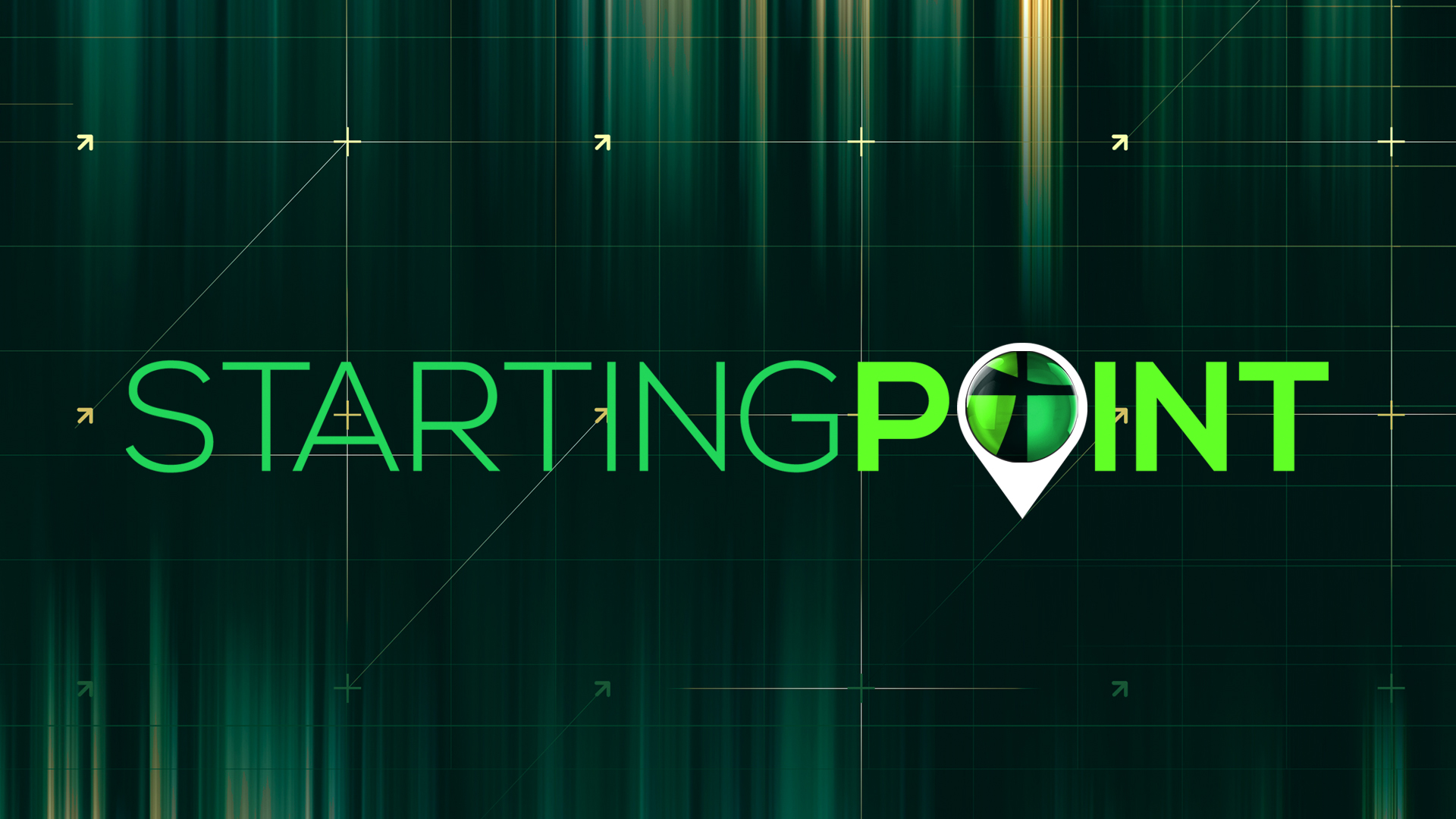
You can measure the score by taking a few key HR metrics into consideration, based on a company’s goals and priorities.Ĭompanies need first to determine which metrics they want to focus on, assign a number from 1-5 to measure an employee’s effectiveness in regards to the metric, and then calculate as follows: However, less than half (48 percent) said they currently use it.Ī healthy quality-of-hire score shows that recruiters bring in good people, managers support retention efforts, and new hires thrive in their new roles. In a LinkedIn study, 88 percent of recruiting professionals said this data would be helpful. Quality-of-hire, which gauges the value a new hire adds to an organization, is considered the “holy grail” of HR metrics. Recruiting costs are high, and the more time you spend on interviews, the more expensive the process becomes.ĭiving into these two metrics can help HR find lags in both the recruitment processes (such as posting jobs on the wrong channels or too few recruiters dealing with too many applicants or open roles) and interview processes (hiring managers who are slow to respond, overly complicated tasks, or involving too many people in the decision). Time-to-fill can be measured company-wide or by department or role. Industry Today cites the benchmark for time-to-fill at 42 days, while the Society for Human Resource Management (SHRM) sets the average cost per hire at $4,683. Your formula to calculate time-to-hire is: The number of days between the starting point (when the new hire starts the recruitment process) and the endpoint (the date the candidate accepts the job). In this guide, we’ll focus on three key areas that help to define a company’s success: If your organization doesn’t have HR data analysts or sophisticated HR technology, you can still use key performance indicators (KPIs) to assess your business and make the informed, data-driven decisions you need to ensure business success. They are also turning to HR technology, such as an HRIS or HCM, to help gather and parse data. Companies are increasingly hiring HR data analysts to help sift through the information and provide insights. Sometimes, companies have so much data available that leaders need help digesting all the information to make good decisions. As a result, leaders don’t see the whole picture. Even when companies have data, that information can be siloed by departments or technology systems. In Deloitte’s 2021 Global Human Capital Trends Survey, only 3 percent of over 6300 executives said they had the information they needed to make sound people decisions. But that data isn’t always easy to get (or make sense of). The two functions work on several areas across the business, most notably benefits and rewards, business and growth strategy, and compensation management.Įmployee data provides the facts and figures to support these conversations, helping HR to have a deep understanding of their companies and locate any problem areas before they cost the company money or talent.


Fifty-seven percent of CFOs surveyed said they coordinate with their HR counterparts to streamline processes more efficiently.

That degree of collaboration makes sense: CHROs and CFOs share many business objectives. In fact, according to research by HiBob conducted in July 2022, 94 percent of CFOs surveyed said they collaborated with HR, and 88 percent said they regularly collaborated weekly, biweekly, or monthly. They are working with other departments, especially finance-and that collaboration goes both ways. But HR leaders don’t gather all their insights or make these decisions in a bubble. In today’s world of work, HR professionals are involved in strategic decisions about their company’s growth and success-what is working, what isn’t, and where to invest future efforts. Why should HR use a data-driven approach? Once you’ve determined your critical goals for recruiting and retention and diversity, equity, inclusion, and belonging (DEI&B), you can use HR metrics to take a data-driven approach to track and assess your progress and challenges.

HR Metrics are measurements that determine the effectiveness of your human resources initiatives.


 0 kommentar(er)
0 kommentar(er)
